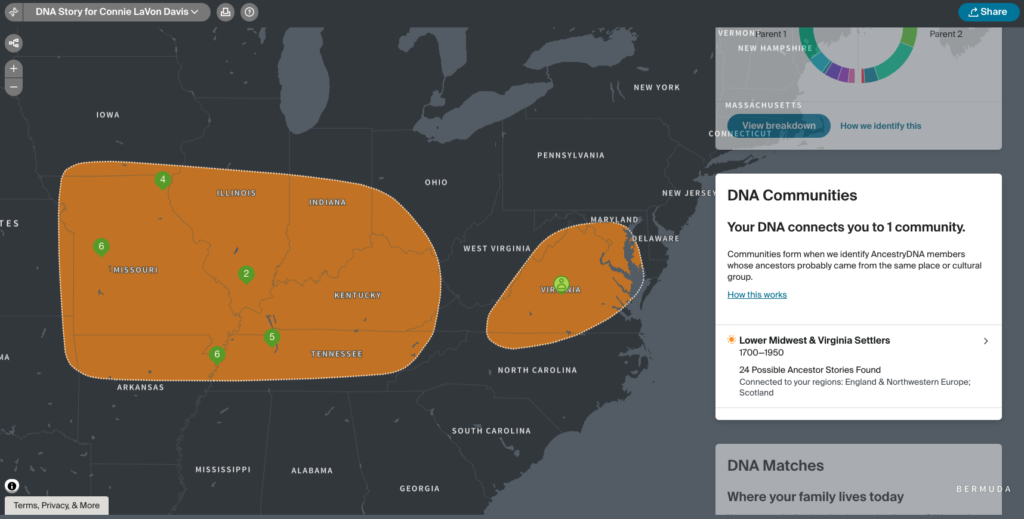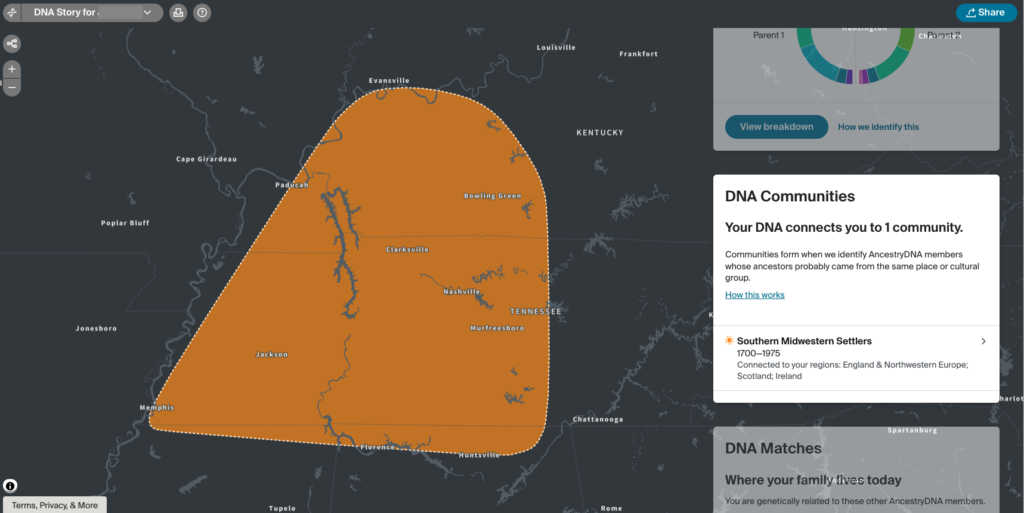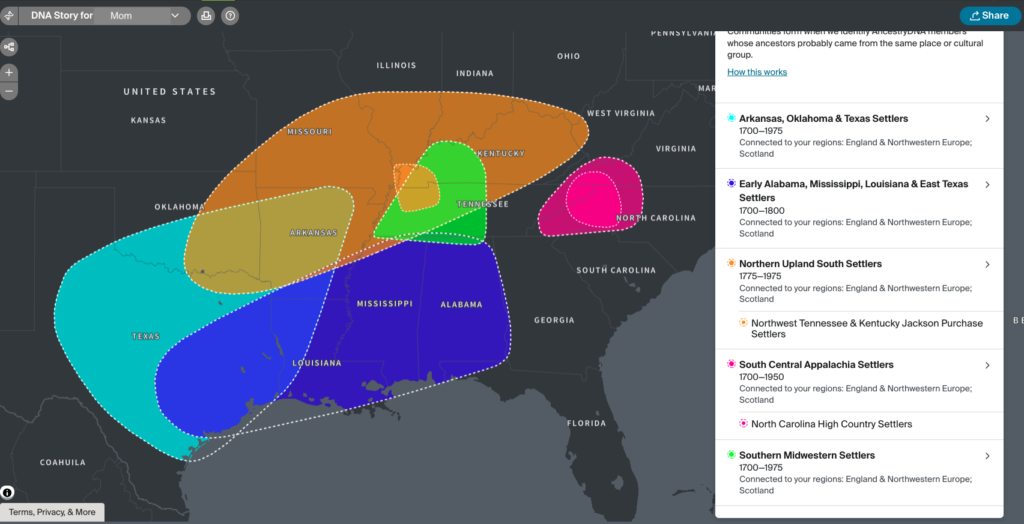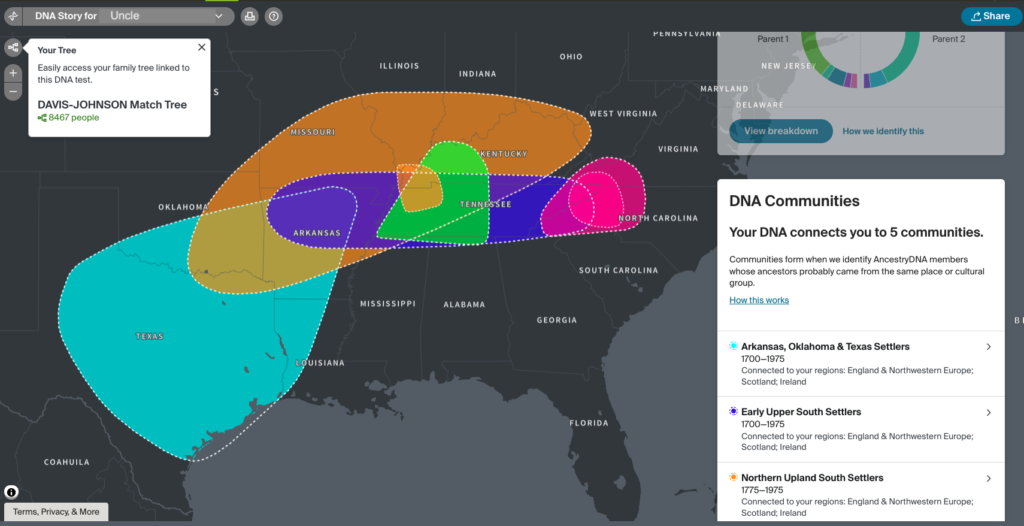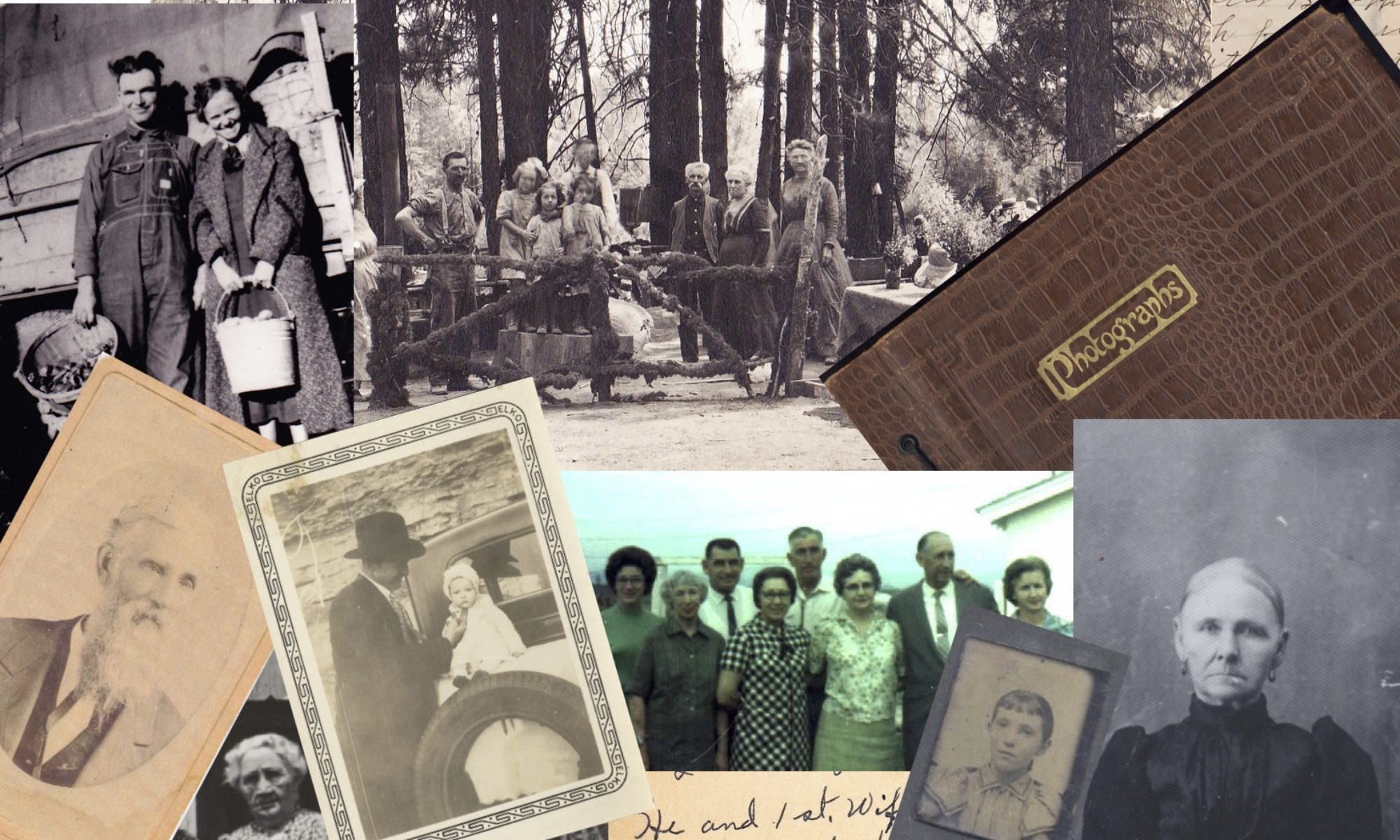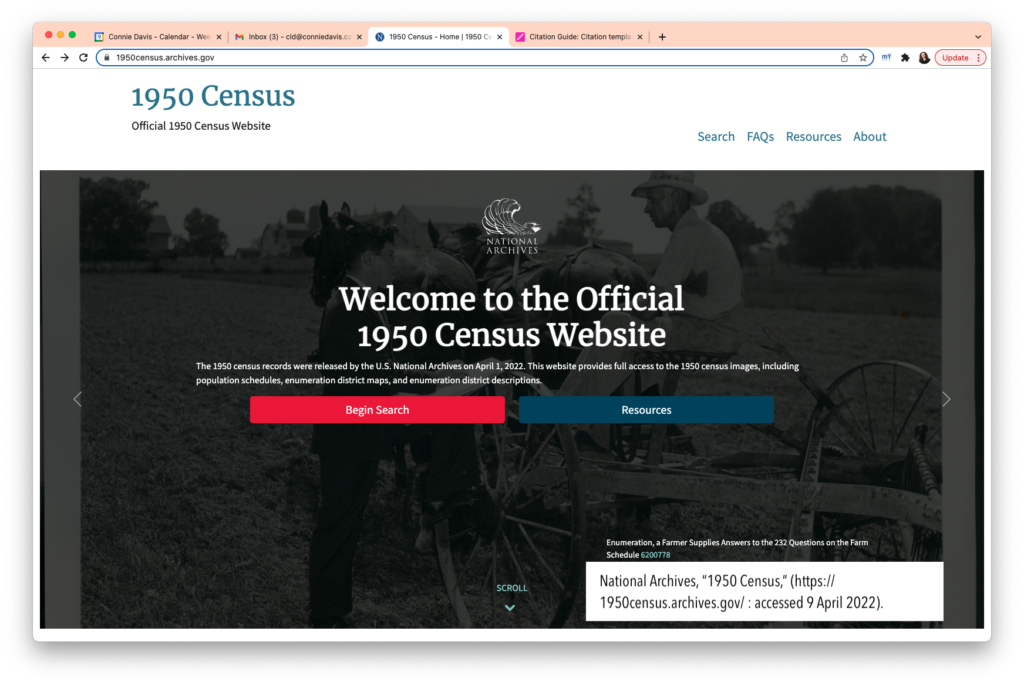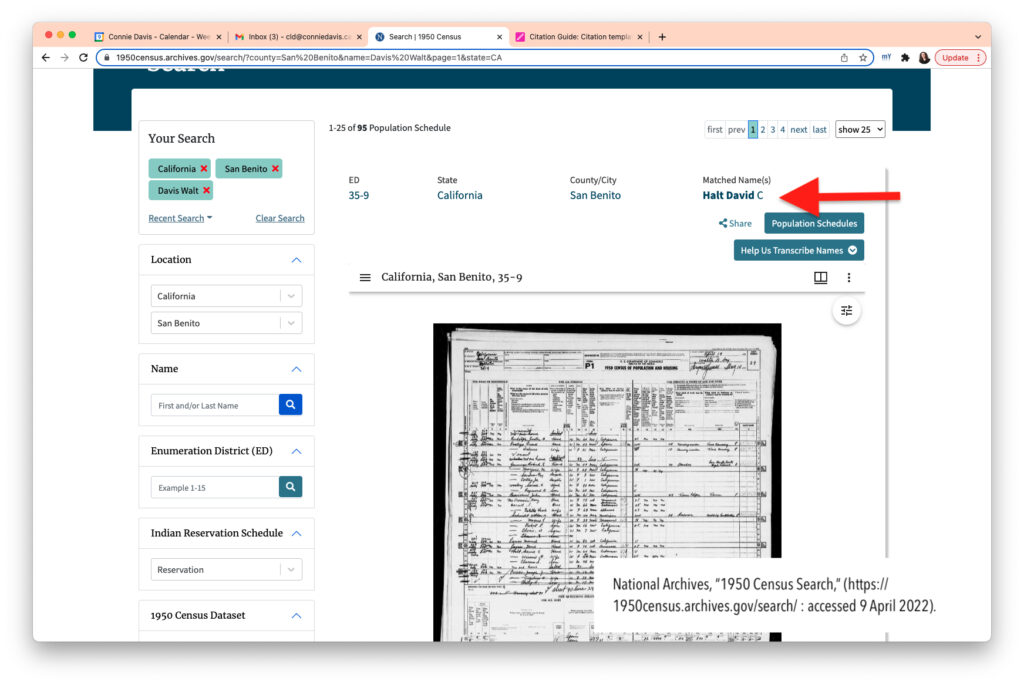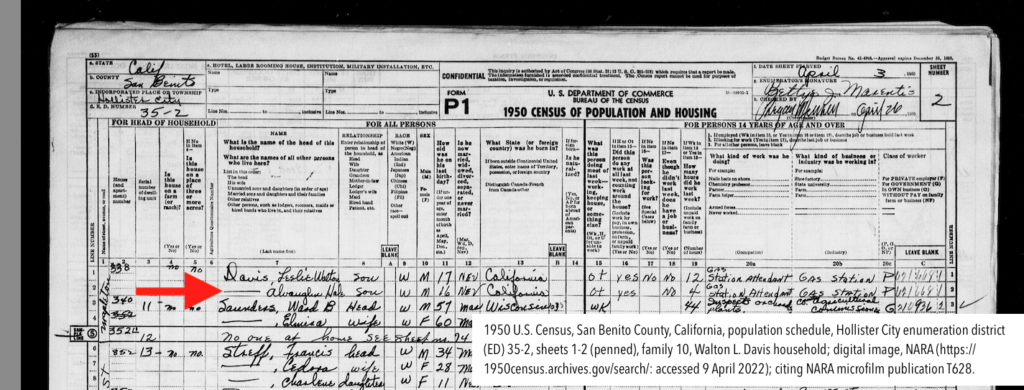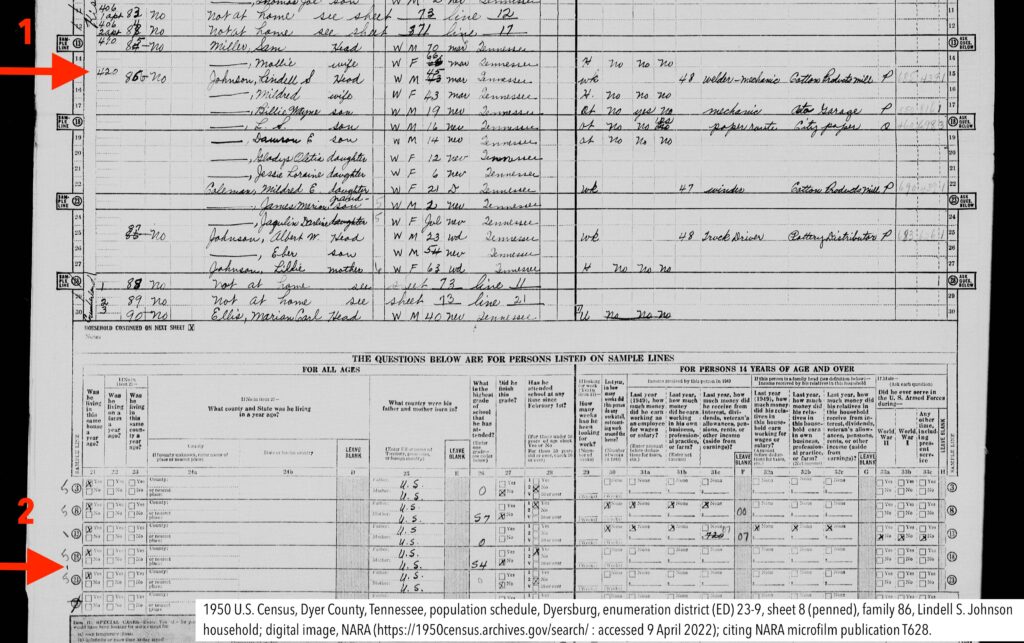For most of my education, American History started with the Pilgrims and ended sometime around World War II. History books largely ignored contributions of women, impacts on Indigenous people, the horrific middle passage of enslaved Africans, slavery, and ongoing inequities experienced by anyone considered “the other.” In 8th grade our history book contained an image that upended the paper pilgrim hats, George Washington’s cherry tree, and Lincoln’s log cabin.
The image of the slave ship Brookes haunted me: black figures, lying chained together in the hold of a ship, layers of unwilling human cargo. Considered one of the most important infographics of all time, English abolitionists posted it on walls of taverns and published it in newspapers and pamphlets.[1] It contributed to the passage of laws abolishing the slave trade throughout the British empire in 1808.[2] On seeing the image in 1974, I began to doubt the history of the just and righteous founding fathers. Three years later, the miniseries Roots caught the attention of the nation and demonstrated that memories of capture, the harrowing trip across the ocean, and enslavement survived the passage of time. Alex Haley based his novel on stories his grandmother told of his seventh great-grandfather stolen from Gambia.[3]
By 1998, the publication of Slaves in the Family by Edward Ball[4] invited Americans to look at the past. He wrote:
No one among the Balls talked about how slavery had helped us, but whether we acknowledged it or not, the powers of our ancestors were still in hand. Although our social franchise had shrunk, it had nevertheless survived. If we did not inherit money, or land, we received a great fund of cultural capital, including prestige, a chance at education, self-esteem, a sense of place, mobility, even (in some cases) a flair for giving orders. And it was not only “us,” the families of former slave owners, who carried the baggage of the plantations. By skewing things so violently in the past, we had made sure that our cultural riches would benefit all white Americans.
Edward Ball, Slaves in the Family, (New York: Farrar, Straus and Giroux, 1998), p. 13-14.
I am committed to unlearning, “to discard or put aside certain knowledge as being false or binding.”[5] The history I learned in school denied reality. My unlearning has taken on new urgency as the world continues to struggle to address racism. A new wave of book censorship threatens our ability to unlearn.[6] I believe my grandchildren deserve history lessons that face the past. It is only then that we can create a better future.
Here’s a few books to consider:
Thomas Norman DeWolf, Inheriting the Trade: A Northern Family Confronts Its Legacy as the Larges Slave-Trading Dynasty in U.S. History
Tom De Wolf, one of the founders of Coming to the Table, recounts his family’s journey to understand their ancestors’ role in slavery by retracing the slave trade route.
Erica Armstrong Dunbar, Never Caught: The Washingtons’ Relentless Pursuit of their Runaway Slave, Ona Judge
Judge and others were denied freedom while living in a free state by the Washingtons’ practice of sending enslaved people back to a slave-holding state just as they became eligible for emancipation. George Washington misused his power during attempts to return her to slavery. New Englanders sympathetic to Judge blocked Washington’s efforts and helped Judge maintain her freedom.
Henry Louis Gates, 100 Amazing Facts About the Negro
In this surprising book, Henry Louis Gates revises an ambitious and not totally factual book of the same name first published in 1934. The original author, Joel Augustus Rogers, introduced many African Americans to their history during the Jim Crow era. Henry Louis Gates corrects Roger’s misunderstandings and creates a fascinating look at the many ways African Americans shaped world history.
Adam Goodheart, 1861: The Civil War Awakening
Adam Goodheart carefully catalogs the events leading up to the Civil War on a personal and national scale. For those of us who learned the Civil War was about “states rights,” this book provides overwhelming evidence to the contrary.
Harriet Jacobs, Incidents in the Life of a Slave Girl
Harriet Jacobs, born in 1813 in North Carolina, recounts the years she was enslaved, sexual abuse by an enslaver, and years hiding in an attic before her escape to New York. The book was first published in January 1861 and you can read it online.
Ibram X. Kendi, How to Be an Antiracist
Kendi’s own journey into antiracism forms the backbone of his book. He deftly walks the reader through racist thinking and how it shapes policies and systems.
Ibram X. Kendi and Keisha N. Brown, editors, Four Hundred Souls: A Community History of African America, 1619-2019
Ibram X. Kendi and Keisha N. Brown brought together ninety authors, each writing about a 5-year period in American history beginning in 1619 with the arrival of the first Africans in Jamestown. Using short story, biography, poetry, essays, and calls-to-action, the authors provide connections to current issues.
DeRay McKesson, On the Other Side of Freedom: The Case for Hope
DeRay tells of his life of activism, including his involvement in the founding of Black Lives Matter movement with fellow activists.
Bryan Stevenson, Just Mercy
As founder of the Equal Justice initiative, Bryan Stevenson fights daily for the rights of people unjustly charged with crimes. His book recounts story after story of last-minute legal maneuvering to save people’s lives. His organization documents the history of racial injustice.
Dorothy Wickendam, The Agitators: Three Friends Who Fought for Abolition and Women’s Rights
Dorothy Wickendam chronicles the lives of Harriet Tubman, Martha Wright, and Frances Seward who each fought for abolition and women’s rights, sometimes together, and sometimes with differences of opinion.
Isabel Wilkerson, The Warmth of Other Suns: The Epic Story of America’s Great Migration
Harrowing experiences of racism in the south led each of the three people profiled in the Warmth of Other Suns to distinct locations: to the north, the midwest, and the west. Isabel Wilkerson’s comprehensive research, interviewing acumen, and storytelling demonstrate how racism followed each to their destination and continues to impact people today.
David Zucchino, Wilmington’s Lie: The Murderous Coup of 1898 and the Rise of White Supremacy
The death of the promise of reconstruction is recounted in Zucchino’s book about the massacre of African Americans who had risen to elected office and prominence in business in Wilmington.
[1] Thomas Clarkson, The History of the Rise, Progress, and Accomplishment of the Abolition of the African Slave-Trade by the British Parliament, (London: publisher not given, 1808); digital image and description, British Library https://www.bl.uk/collection-items/diagram-of-the-brookes-slave-ship(: accessed 4 May 2022).
[2] Michael Sandberg, “DataViz History: The Slave-Ship Chart That Kindled The Abolitionist Movement, 1788,” DataVizBlog.com (https://datavizblog.com/2013/03/09/dataviz-history-the-slave-ship-chart-that-kindled-the-abolitionist-movement-1788/ : accessed 4 May 2022).
[3] “Biography: Alex Murray Palmer Haley, August 11, 1921 – February 10, 1992” AlexHaley.com (https://alexhaley.com/biography/ : accessed 4 May 2022).
[4] Edward Ball, Slaves in the Family, (New York: Farrar, Straus and Giroux, 1998).
[5] “Unlearn,” Dictionary.com (https://www.dictionary.com/browse/unlearn : accessed 4 May 2022).
[6] Annie Gowen, “Censorship battles’ new frontier: Your public library,” 17 April 2022, The Washington Post (https://www.washingtonpost.com/nation/2022/04/17/public-libraries-books-censorship/ : accessed 4 May 2022).
